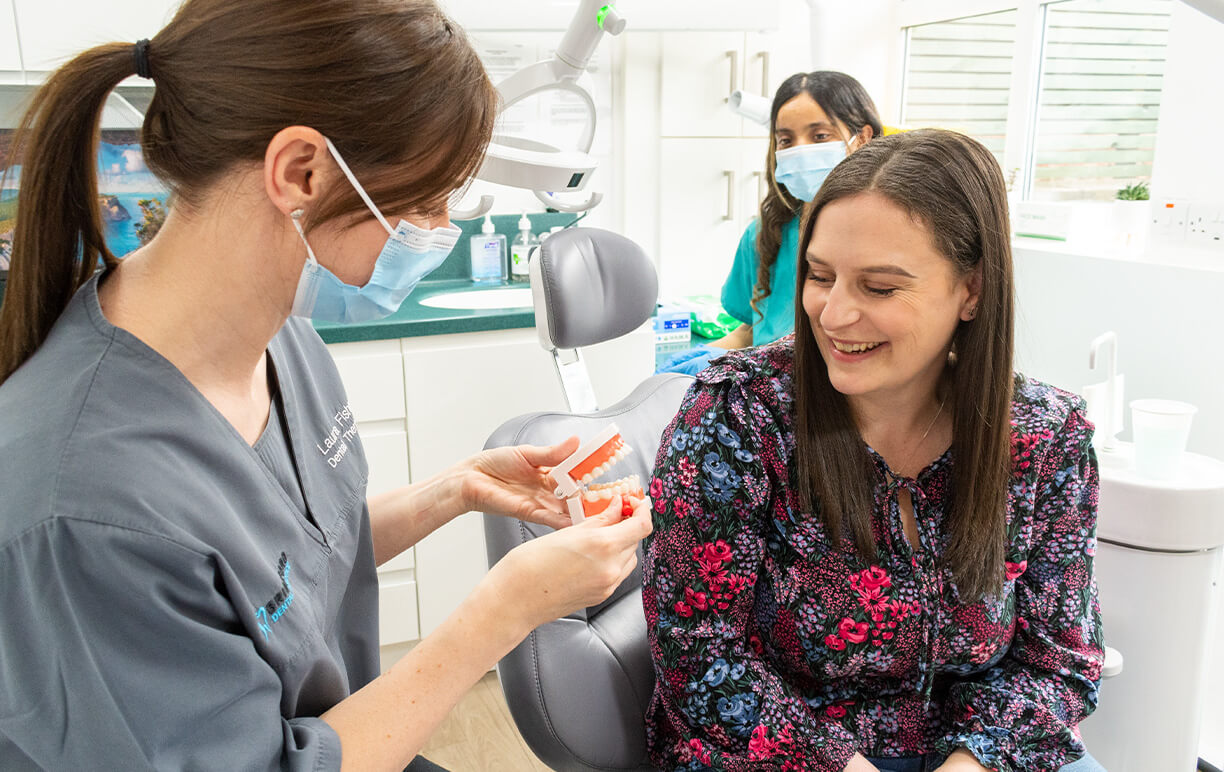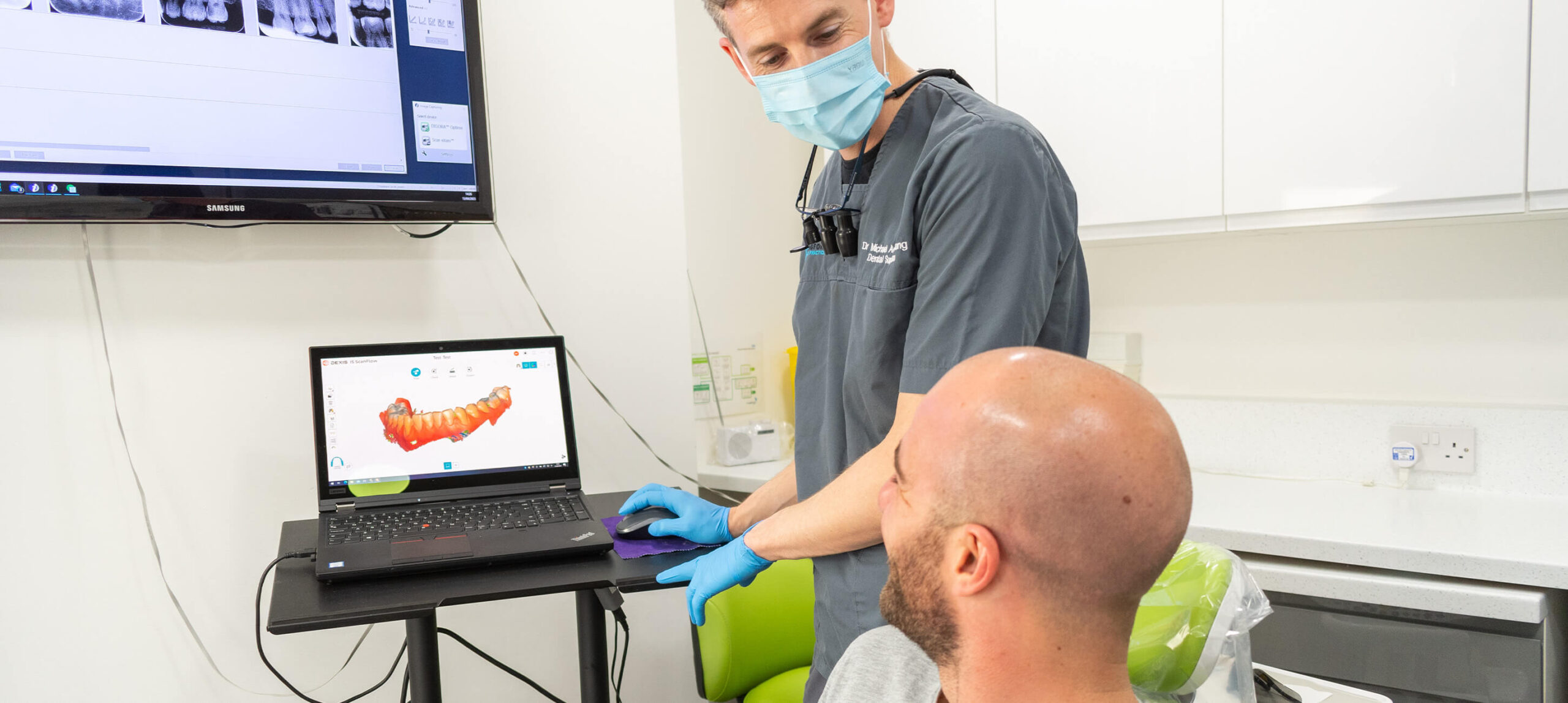A root canal treatment is a highly effective procedure used to save a tooth that has been severely damaged or infected. The process begins with your dentist administering a local anaesthetic to ensure you are completely comfortable and pain-free throughout the treatment. Once the area is numb, a thin sheet of rubber, known as a rubber dam, is placed around the affected tooth. This serves multiple purposes: it keeps the tooth dry, helps maintain a sterile environment, and prevents any debris or fluids from entering your mouth during the procedure.
Next, your dentist will make a small opening in the top of the tooth to access the infected dental pulp—the soft tissue inside the tooth that contains nerves and blood vessels. Using a series of fine dental instruments called endodontic files, the pulp is carefully removed, and the root canals are meticulously cleaned, shaped, and disinfected to eliminate all traces of infection. Once the canals are completely clean and dry, they are filled with a biocompatible material (usually gutta-percha) to seal the space and prevent reinfection.
To finish the procedure, your dentist will place a temporary or permanent filling or crown on the tooth to restore its structure and function. With proper care, a tooth treated with root canal therapy can last many years and function just like a natural tooth.
The number of appointments required for a root canal treatment can vary depending on the severity of the infection, the complexity of the tooth’s root structure, and the overall condition of the tooth. In many straightforward cases, the root canal can be completed in a single appointment. However, it is not uncommon for more complex or severely damaged teeth to require two or more visits to ensure thorough cleaning and proper healing.
If a second visit is necessary, your dentist will place a temporary filling in the tooth after the initial cleaning. This temporary filling acts as a protective seal, preventing bacteria and debris from entering the treated tooth between appointments. During your follow-up visit, your dentist will complete the treatment by filling the canals permanently and restoring the tooth with either a filling or a dental crown, depending on the level of damage.
Your dentist will assess your individual case and provide a tailored treatment plan to ensure the best long-term outcome.
One of the most common concerns patients have about root canal treatment is whether the procedure is painful. Thanks to modern dental techniques and effective local anaesthesia, root canal therapy is generally no more uncomfortable than getting a routine filling. Your dentist will ensure the area is completely numbed before starting the procedure, so you should not feel any pain during treatment—only slight pressure or movement.
After the procedure, it’s normal to experience some mild discomfort or sensitivity for a few days, especially if the tooth was severely infected or inflamed beforehand. This post-treatment soreness can usually be managed effectively with over-the-counter pain relievers, such as ibuprofen or paracetamol (be sure to follow the recommended dosage instructions on the packaging).
In most cases, the discomfort subsides as the tooth begins to heal. However, if you notice increasing pain, swelling, or prolonged sensitivity, it’s important to contact your dental practice promptly, as this may indicate the need for further evaluation or treatment.
After your root canal treatment, your dentist will provide you with detailed aftercare instructions to help ensure a smooth and speedy recovery. Immediately following the procedure, it’s important to avoid chewing on the treated side of your mouth until any numbness has completely worn off and your permanent restoration is in place, if applicable. In the days that follow, you may be advised to stick to soft foods and avoid anything too hot, cold, or crunchy to reduce discomfort.
Long-term, the key to maintaining a healthy treated tooth lies in excellent oral hygiene habits. Brush twice a day with a fluoride toothpaste, floss daily, and consider using an antibacterial mouthwash to help keep the area clean. Treated teeth should be cared for just like your natural teeth—there’s no need for special tools or techniques, just consistent, gentle brushing and regular dental check-ups.
By following your dentist’s guidance and maintaining proper at-home care, your root canal-treated tooth can continue to function normally and last for many years to come.














